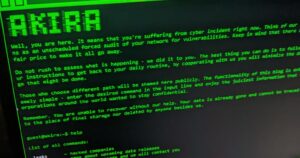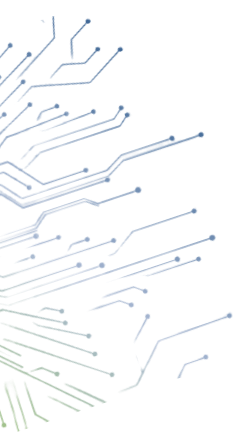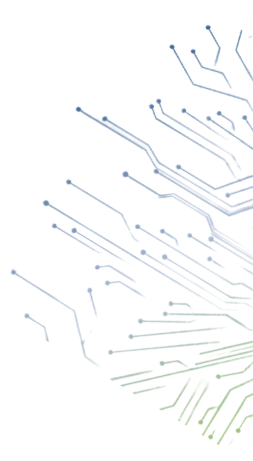
Introduction
Introduction
As cybersecurity threats continue to evolve, the Netherlands is not immune to the rising tide of ransomware attacks, with the Akira strain making its presence felt in the digital landscape. This blog post aims to explore the specific implications of Akira ransomware in the Netherlands and offer insights into defending against this growing menace.
The Rise of Akira in the Netherlands: While the origins of Akira ransomware remain shrouded in mystery, its impact is increasingly being felt on Dutch soil. The malware, often propagated through phishing emails, malicious attachments, or compromised websites, has the potential to cause significant disruption to individuals and organizations alike. As the threat landscape evolves, understanding Akira’s tactics and taking proactive measures is crucial for safeguarding Dutch digital assets.
Akira’s Tactics and Infection Vectors in the Netherlands:
Akira was first detected in March this year. Unlike Conti, the group does not target very large companies, but predominantly SMBs (small to medium-sized businesses). 80 percent of victims are organizations with fewer than 1,000 employees. Akira appears to be expedient in its choice of targets: it encrypts files and exfiltrates data to study them, after which it chooses the size of the ransom. Once again this differs from the often targeted targets that Conti had. This is also a different tactic than the premeditated attacks of a party like LockBit, which is the most prominent ransomware player this year.
Akira often infiltrates systems through well-crafted phishing emails that may appear legitimate at first glance. These emails may contain malicious attachments or links that, when activated, allow the ransomware to gain a foothold in the victim’s system. As such, users in the Netherlands must exercise heightened caution when interacting with unsolicited emails, especially those requesting sensitive information or prompting immediate action.
Impact on Dutch Organizations: Akira’s indiscriminate targeting can have severe consequences for Dutch organizations. The ransomware’s encryption capabilities can render critical files inaccessible, leading to operational disruptions and potential financial losses. The Netherlands, with its robust digital infrastructure, has become a lucrative target for cybercriminals seeking to exploit vulnerabilities and extort ransoms.
Magic Stone Cyber Security Experts Recommendation:
1. Educate and Raise Awareness: Users should be educated on recognizing phishing attempts, practicing caution when interacting with emails, and avoiding suspicious links or attachments.
read more
2. Install Robust Security Software: Deploy reputable Endpoint and anti-malware solutions that can detect and neutralize ransomware threats.
read more
3. Back Up Your Data: Regularly back up critical data to external drives or secure cloud storage. Having up-to-date backups is crucial for restoring systems without succumbing to ransom demands.
read more
4. Update Software Promptly: Ensure that operating systems, applications, and security software are regularly updated with the latest patches. Cybercriminals often exploit outdated software to gain access to systems.
5. MDP – Managed Data Platform: Controlling access to sensitive information is another best way to stop ransomware. This means implementing strict user permissions and access controls. Only authorized personnel should have access to critical data and systems. Limiting access reduces the risk of ransomware spreading across the network if a user’s credentials are compromised.
read more
Magic Stone Concludes:
As Akira ransomware continues to cast its shadow over the Netherlands, the importance of proactive cybersecurity measures cannot be overstated. By staying vigilant, adopting best practices, and fostering a collaborative defense strategy, individuals and organizations in the Netherlands can fortify their resilience against the evolving threat landscape of ransomware.





